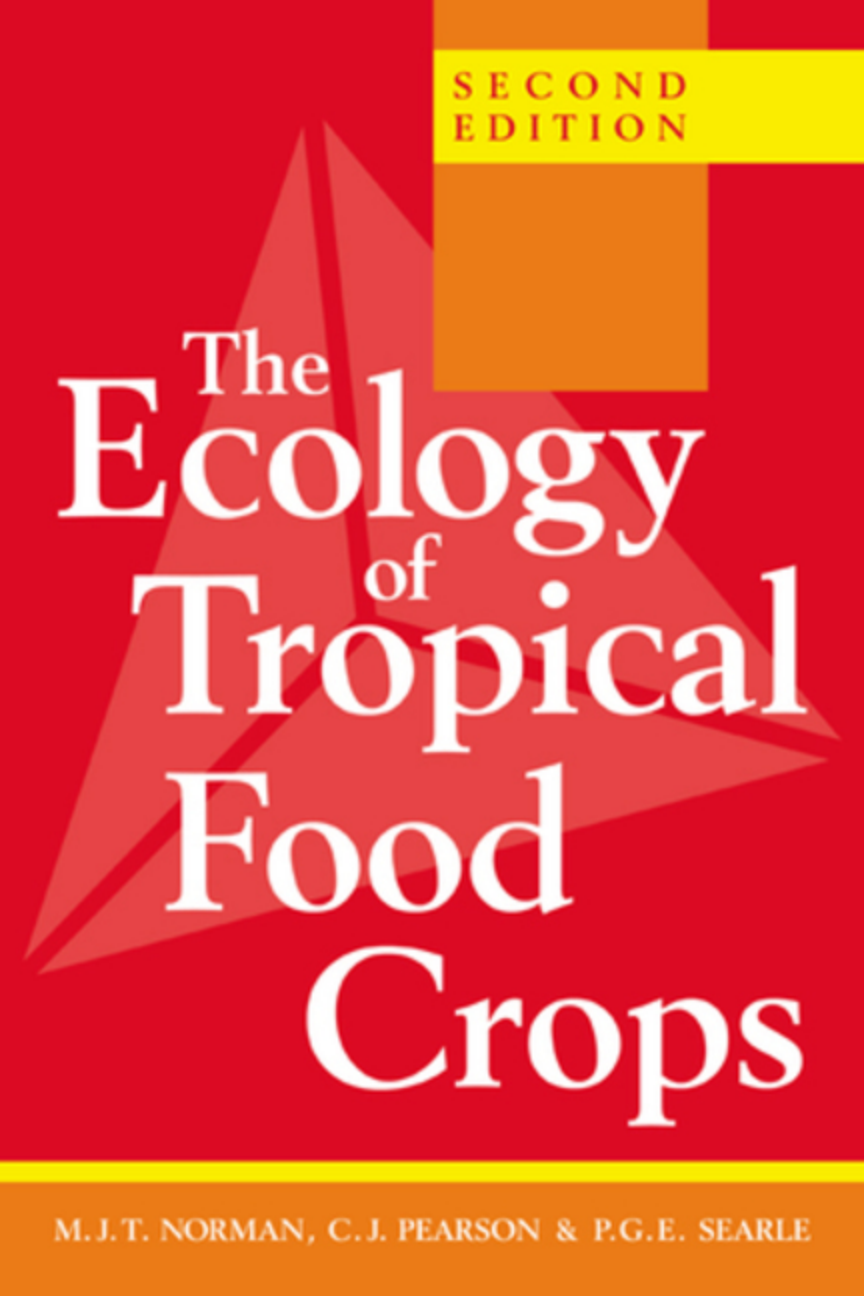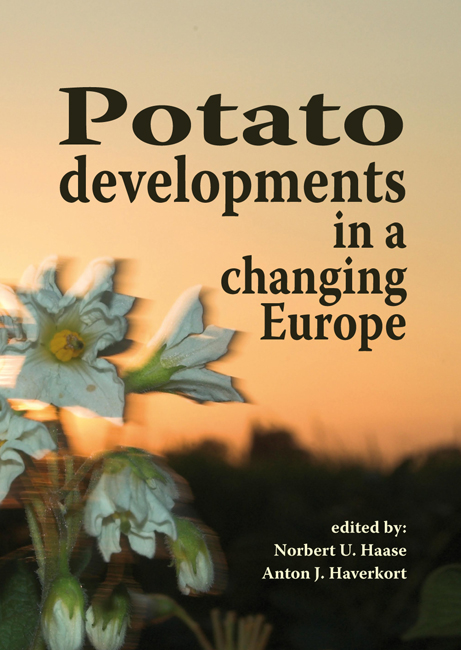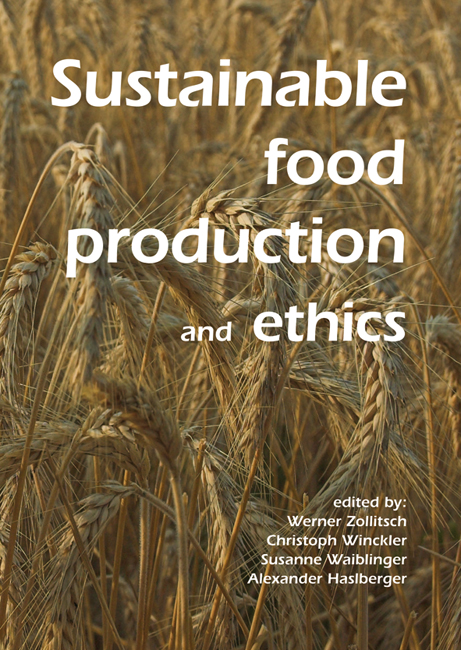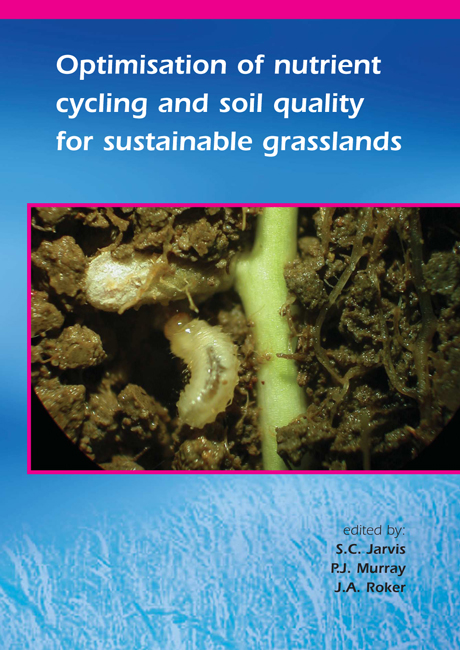CLCS5
LanguageENG
PublishYear2015
publishCompany
CABI
EISBN
9781780645100
PISBN
9781780645087
- Product Details
- Contents
Introduction, the nature of natural. What does domestication involve? Peanuts, Rye, Tomato -- Wild things. Recently domesticated crops and crops that have returned to the wild : Cranberries, Huckleberries, Currants, Kiwifruits, Cacao, Cashew nuts, Pistachio nuts, Cabbages -- Learning to live with exotic sexual practices. How plant breeding systems limit domestication : Vanilla, Beans, Figs, Hops, Avocados, Papayas, Carrots -- Storing up trouble. Plants with storage organs :Cassava, Yams, Potatoes, Taro, Akees, Onions -- The weird and wonderful. Herbs, spices and crops with exotic phytochemicals : Wasabi, Chillies, Saffron, Herbs, Willow, Tobacco, Cannabis, Durians -- Accidents of history. The role of chance events in domestication : Strawberries, Wheats, Bananas, Citrus, Rhubarb -- Classic combinations and recurring themes. Plant families that have been repeatedly domesticated : Grains, Legumes, Pumpkins, Spinaches -- Ownership and theft. How the economic value of crops has influenced their domestication : Breadfruits, Sugarcanes, Cloves, Rubber, Tea, Coffee, Mulberries, Monkey Puzzles, Artichokes, Pineapples -- Fifty shades of green. Nutrient rich crops and the next generation : Clovers, Ryegrass.
Collected by
- University of California,Davis
- University of Oxford
- Columbia University Library
- Stanford University
- MIT
- UCB











